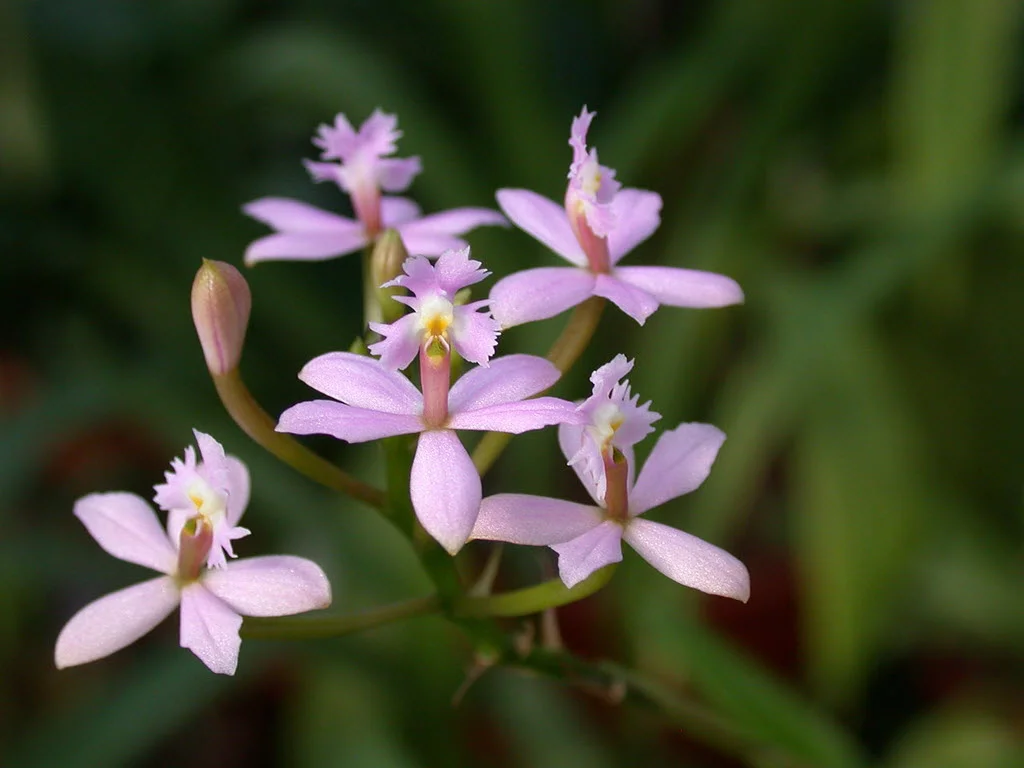Table of Contents
Pronunciation: see-LODGE-eh-nee
Other Names: The Cool Orchids
Introduction
The Coelogyne orchid is very overlooked, and it usually gets a lot less attention than other species. However, it is an excellent beginner plant to grow because it is extremely forgiving and tolerant of neglect and drought. It'll survive a lot, including cool temperatures, and it is relatively low-maintenance.
coelogyne mossiae
This genus has pseudobulbs with one or two larger pleated leaves. The pseudobulbs vary in shape, and they're popular for their showy, fragrant flowers that come in a variety of shapes and colors. You can find large clusters of delicate white flowers, salmon-pink solitary flowers, chocolate brown or topaz chain-like flowers, and spikes of blue-black or emerald green flowers.
Temperature
During the day, the Coelogyne orchid likes temperatures that range between 80°F and 85°F (26°C to 29°C). The nighttime hours have to be cooler for your plant to thrive, and you want to aim for 55°F to 65°F (12°C to 18°C). You should never allow your temperatures to go above 86°F (30°C) or below 50°F (10°C) as they won't tolerate it. Ideally, mature plants need between a 15°F and 20°F (-15°C to -6°C) temperature difference between daytime and nighttime hours to thrive.
Additionally, during the dormant season, these plants need daytime temperatures that range from 50°F to 60°F (10°C to 15°C). During the nighttime, they require temperatures that range from 35°F to 40°F (1°C to 4°C).
Light
Coelogynes thrive in shade to low-or-medium light. You also don't want them in direct contact with warm or cool breezes. However, they like high light levels with protection because this allows the pseudobulbs to store food. You should place them slightly away from glass if you grow them indoors, and place netting over them, so they're not in direct sunlight.
Their leaves tend to scorch easily, and you may notice yellow or brown patches. If you do, you have to get them out of the direct light and into a more shaded area.
Water and Humidity
In the summer and fall months between June and September, it is very hard to over water these orchids. For potted plants, water them liberally once or twice a day. For mounted plants, water them a few times a day to keep them moist. You may also want to implement a humidity tray under them to keep the humidity between 60% and 70%.
In the winter months or the dormant period October until March, water them sparingly. You just want them to stay moist and not wet. If you notice the pseudobulbs turning brown, they're getting too much water.
Feeding
From April through September, you can feed your plant once a week at a 1/4 pack recommendation. Flush out the pot once a month to prevent salt and mineral build-up. Right before you plant starts to go dormant in September, switch to a higher potash feed to encourage strong growth in the spring. When you plant goes dormant, you can cut back on fertilizing to once every three weeks.
Potting
You can mount your orchid on slabs of bark, in smaller pots, or in larger specimen pots. You should repot them every two years in a medium-grade compost with a mixture of fine bark. Additionally, it's a good idea to repot them in the spring so they can establish themselves over the growing period.
Video
Miss Orchid Girl does a spotlight video on the Coelogyne orchid, in particular, the Coelogyne usitana. She shares how this plant is not finicky or fussy at all.
See more easy-to-care-for beginner orchid plants from our comprehensive list of the different types of orchids. There is something for everyone everywhere.
Check Out These Orchids











